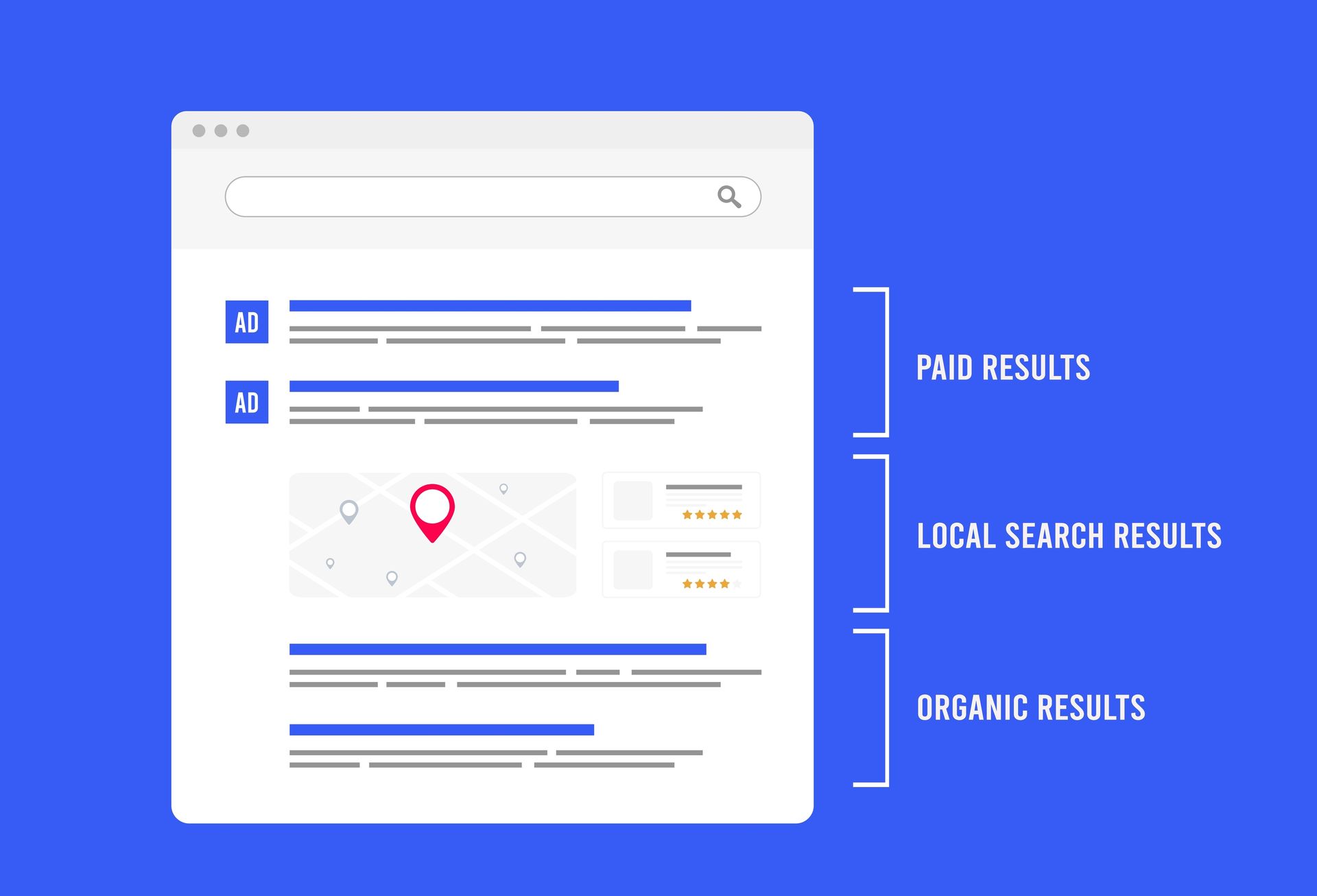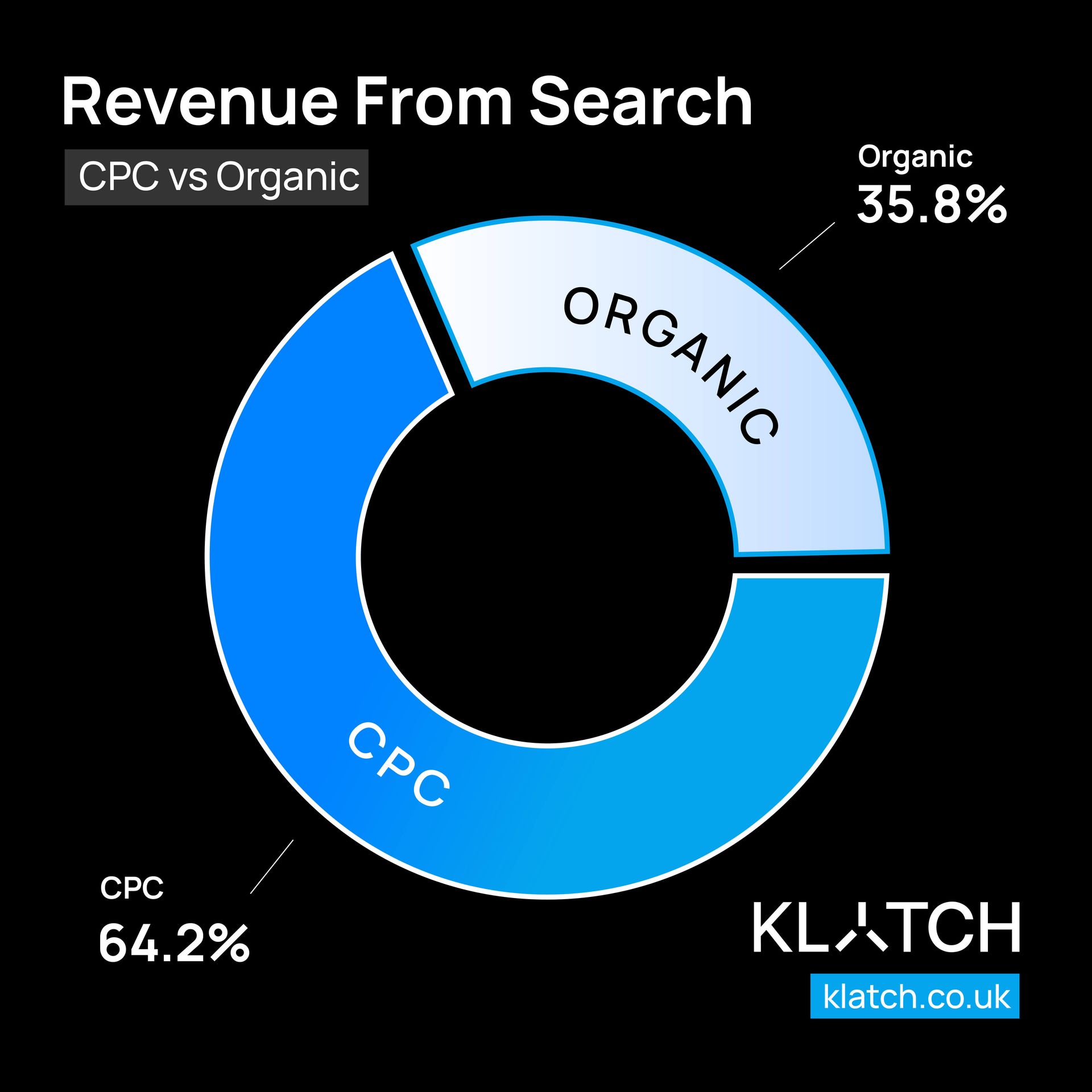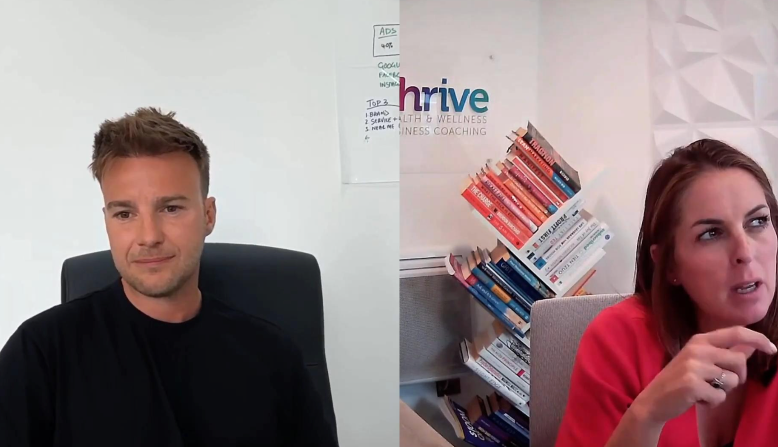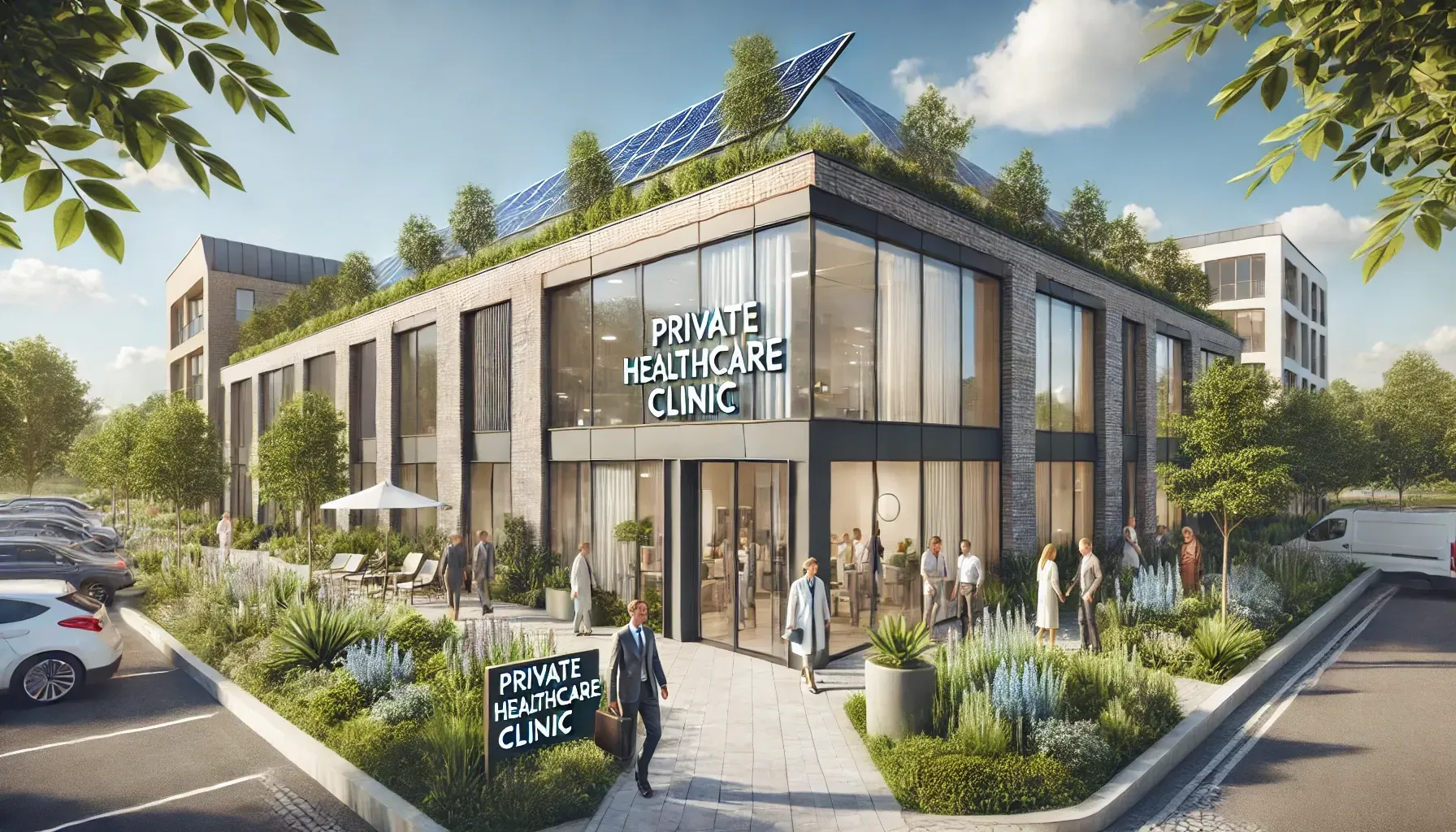SEO or PPC: Which Is Better for My Private Healthcare Clinic?
Short answer: you’ll usually want both – in the right ratio for your goals, budget & growth stage.
| SEO | PPC | |
|---|---|---|
| Speed | Slow burn – 3-6 mths+ to gain traction | Instant visibility as soon as campaigns go live |
| Longevity | Compounds over time; rankings can last years | Stops the moment you pause spend |
| Cost profile | Sweat-equity & specialist time, but clicks are “free” | You pay for every click; costs rise in competitive niches |
| Control | Indirect – you influence Google | High – you choose keywords, ads, bids & budget |
| Best for | Credibility, local dominance, procedure info searches | New patient acquisition, competitive terms, quick wins |
SEO vs PPC: Where they sit on the search engine results pages

- Search Ads (PPC) – the paid text ads at the very top.
- Sponsored Map Pack (PPC) – paid map listings above the organic map results.
- Local Map Results (Local SEO) – organic listings pulled from your Google Business Profile.
- Traditional Organic Results (SEO) – your webpages ranking on merit.
Owning all four touch-points is what we call “SERP domination” – and it’s exactly what Klatch engineers for clinics.
Why Clinics Struggle to DIY
Clinical hours bring in revenue; marketing admin doesn’t. Add in tight regulations, HIPAA/GDPR compliance and ever-shifting Google rules and it’s easy to burn cash without knowing what’s working. That’s why we built Klatch Lead Tracking – a first-of-its-kind dashboard that ties every booked patient back to the exact keyword, ad or blog post that drove them. (See how it works ➜)
The Numbers: Why Both Channels Matter
Over the last
6 months we’ve generated
19,979 qualified leads for private clinics. Revenue attribution breaks down like this:

64.2 % of revenue still originates from paid clicks – but 35.8 % comes “free” once SEO assets are in place. Killing either channel would leave serious money on the table.
Pros & Cons at a Glance
SEO Merits
- Builds trust & authority (vital for YMYL* industries).
- Drives clicks you don’t have to pay for.
- Improves every other channel’s conversion rate.
SEO Limitations
- Results take time; algorithms change.
- Requires ongoing technical upkeep, content & links.
PPC Merits
- Switch-on, switch-off traffic tap.
- Laser targeting (procedures, symptoms, locations, schedules).
- Crystal-clear testing ground for new services.
PPC Limitations
- Rising cost-per-click in competitive specialities.
- No lasting benefit once the budget stops.
*YMYL = “Your Money or Your Life” – Google’s stricter content standard for healthcare sites.
How to Blend SEO & PPC for Maximum Impact
Shared Keyword Intelligence
- Use high-converting PPC terms to build evergreen blog posts & service pages.
- Monitor organic rankings to lower bids on keywords you already dominate.
Targeted Landing Pages
- Spin up laser-focused pages for each treatment or consultant.
- Re-use them as PPC destinations and anchor points for local SEO links.
Data-Driven Budget Shifts
- Feed Klatch tracking data into your ad platform: pause or bid down on keywords that now rank #1 organically.
- Re-invest the savings into new procedure launches or geographical expansion.
Ever-Green Content + Seasonal Ads
- Let SEO handle perennial searches (“knee replacement recovery time”).
- Deploy short-burst PPC for flu-jab season, new clinic openings or cancelled-slot backfill.
Why Klatch Exists
Hiring a full-stack digital marketer is expensive. Hiring a junior is cheaper but risky. Klatch gives you senior-level expertise for less than the cost of an in-house junior, backed by proprietary lead-tracking tech and a playbook proven across dozens of worldwide clinics.
Next Steps
- Book a 30-minute discovery call – we’ll screen-share your current SERP footprint.
- Get your free ROI projection – see what dominating search could be worth in £ and new patients.
- Switch on campaigns while we build out the SEO foundation for long-term growth.
Ready to fill your clinic with the right patients? Talk to Klatch – and start owning every pixel your future patients see.












